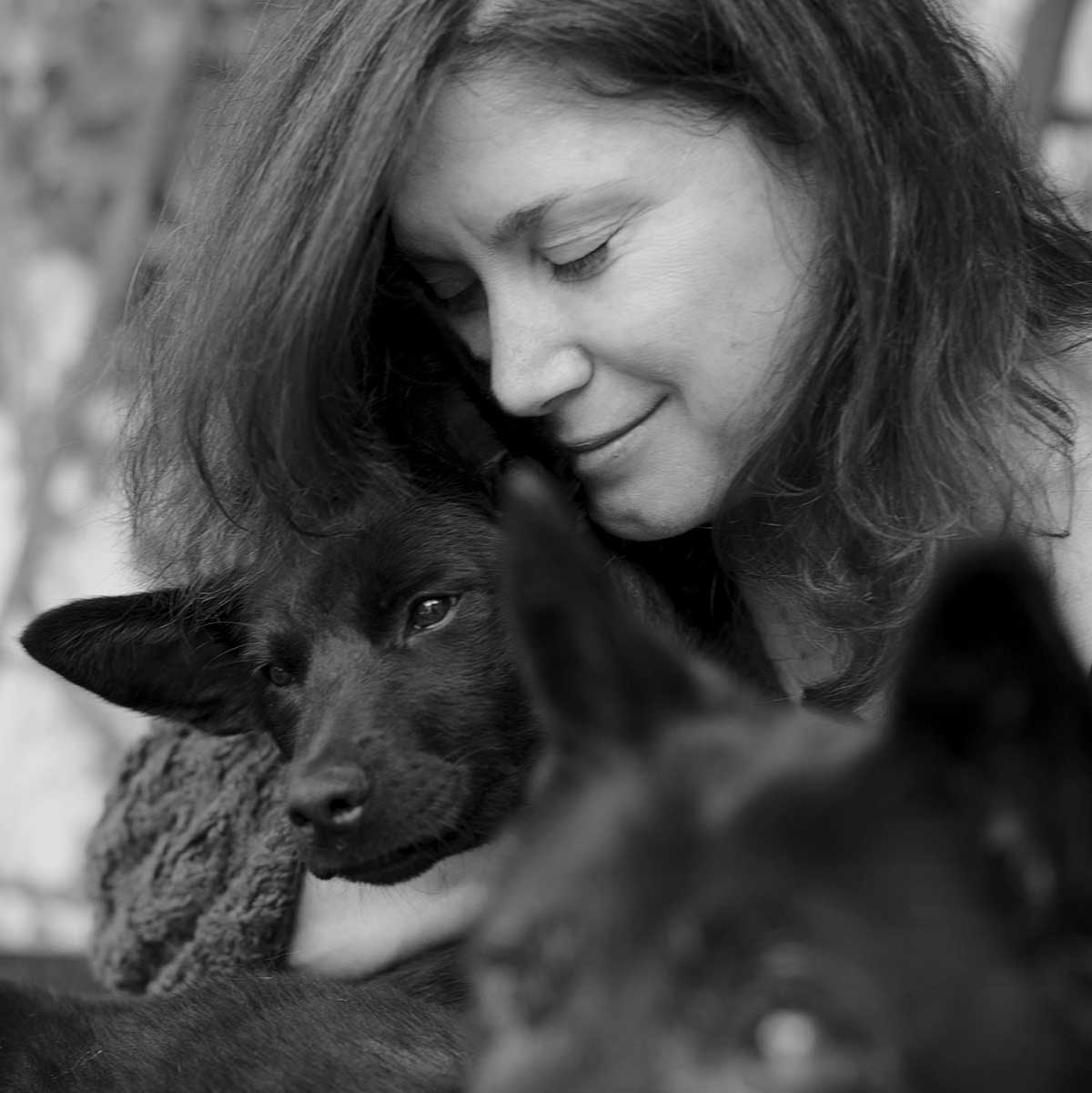Susan Burnstine

About
Susan Burnstine (http://www.susanburnstine.com/) is an award-winning professional fine art and commercial photographer who builds homemade cameras and lenses using plastic, vintage camera parts, and random household objects. Susan is represented in galleries across the globe and widely published throughout the world. She frequently curates and serves on juries for exhibitions and has written for several photography magazines, including a monthly column for Black & White Photography (UK). Additionally, she teaches workshops across North America and is a regular portfolio reviewer at events across the country. Susan’s first monograph, Within Shadows, earned the Gold Award for PX3 Prix De La Photographie, Paris (Px3) in the Professional Fine Art Books category. She was also selected for Photo-Eye’s 2011 booklist. Her second monograph, Absence of Being, was published by Damiani Editore in Fall 2016 and has earned much critical praise.
Scheduled to Teach
Gallery
LACP Interviews Susan Burnstine
LACP asks Susan Burnstine ten questions about their background, career in and beliefs about photography.
LACP: What kind of photographer are you?
Susan Burnstine: I’m a fine art photographer, formerly with a background in commercial, portrait, headshot photography. My personal work is created with homemade medium format cameras and lenses, which I produce as a means to express a deeply personal visual landscape that’s rooted in dreams.
LACP: How long have you been shooting?
SB: Since the age of eight. I’ve experienced many incarnations as a professional photographer over the years, but unknowingly stumbled into my present career in fine art photography in 2007.
LACP: Where did you get your training?
SB: I learned the basics in high school but am largely self-taught beyond that. I earned a degree in film/tv production and screenwriting and worked in the entertainment business for many years, only to land back in the world of photography in my early 40’s.
LACP: When did you know you wanted to devote your life to photography?
SB: When I was eight, my mother introduced me to photography after she suggested I shoot a roll of film in one of her optically challenged, vintage 110 cameras. When the prints came back from the local drug store a week later, my mother looked at the results and announced with certainty that I was going to be a photographer. From that day on, my path was etched in stone.
LACP: Did you ever come close to giving up?
SB: A few times, yes. I walked away from a two previous incarnations as a professional photographer to pursue other career interests in entertainment and writing. But no matter how far I stray, photography always has a way of finding me again.
LACP: Have you sacrificed anything by being a photographer?
SB: All artists who have any amount of success have to sacrifice greatly for their work. I can’t recall the last “vacation” I’ve taken since travel is not about relaxing for me, it’s about shooting and creating. Come to think of it, I’m not sure I have taken a break and relaxed since landing in this career in 2007, since being a working artist means you are your own boss and work never stops.
LACP: What have you gained by being a photographer?
SB: I’ve learned so much about myself, who I am and what the world means to me through my lens. I’ve also learned a great deal about other photographers by understanding the world through their personal visual expressions.
LACP: What classes do you teach at LACP?
SB: Defining The Personal Narrative
LACP: What do you love most about teaching?
SB: There is no greater reward than helping others uncover their unique gifts as visionaries. When my students get it… when that light goes on and the inspiration comes flooding in… well, the immensity of that experience can’t really be limited to words beyond stating that it’s my greatest honor to have even the smallest part on their journey.
LACP: What advice would you give someone who is thinking about making a career in photography?
SB: Be yourself and break the rules. And shoot through your heart, not your head. Technical excellence can be learned by anyone, but true self-expression requires honesty and being brave enough to peel back the layers within so your images emerge as your fingerprint.